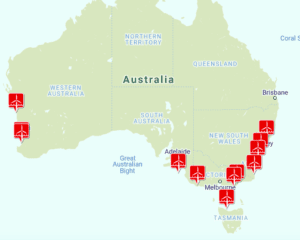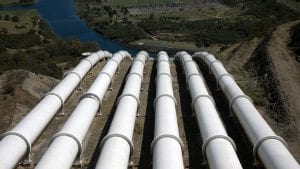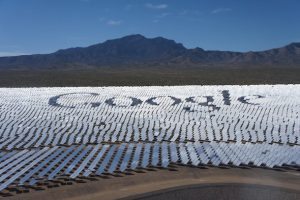A new report written by Tristan Edis from Green Energy Markets has found that there are already the equivalent of 59,000 full-time positions in energy efficiency, and an ambitious strategy to improve the efficiency of Australian homes and businesses would:
- Cut energy bills by $7.7 billion each year
- Create 120,000 job-years of employment; and
- Reduce households’ gas use by 940 million gigajoules over a decade. This is equivalent to finding a huge new gas field in Australia, and would provide almost a quarter of Australian manufacturers’ gas needs.
The report also found that energy efficiency schemes, such as the Victorian Energy Upgrades Program and NSW Energy Savings Scheme, could conservatively deliver 43,000 job years of the 120,000 potential job-years of employment.
To date, very little work has been undertaken to estimate the number of people employed in energy efficiency in Australia. The Energy Efficiency Council and the Energy Savings Industry Association commissioned Green Energy Markets to estimate the number of people currently working in the field, and the potential employment if we unlocked Australia’s full opportunity to save energy.
To estimate current employment in energy efficiency, Green Energy Markets identified how many Australians worked in jobs that spend part of their time in energy efficiency, such as engineers, electricians and architects. It was around 500,000 in total.
They then applied detailed analysis from the US about how much time various trades and professions spend on energy efficiency work. While individually these people might only spend a little bit of time on energy efficiency, collectively they spent the equivalent of 59,000 full-time positions worth of time on energy efficiency.
This was our low-ball estimate – it could be as high as 236,000 full-time equivalent positions. However, even the low-ball estimate made energy efficiency the largest employer in the energy sector – 25 per cent larger than coal mining.
While this scale of employment might seem surprising at first, it makes common sense – Australia has tens of millions of buildings and units of energy-using equipment, and we need a large workforce to build, use and maintain these assets.
Green Energy Markets also found that, if Australian governments were to adopt policies aimed as accelerating energy efficiency improvement of this large number of assets, it would generate significant levels of employment.
In homes, a series of upgrades such as installing insulation and switching from gas to electricity for heating would create over 34,000 job-years of employment. For example, there are an estimated 3.7 million homes in Australia in climate zones that require heating and cooling.
An estimated 32 per cent of these homes could benefit from retrofitting draught sealing, which takes around 2 hours of labour per house. This results in a total estimate of 1,388 job-years of potential employment in draught sealing in Australia. The full table of measures is set out in Table 1.
Upgrading commercial buildings would create a further 47,000 jobs-years of employment, and upgrading manufacturing sites 29,000 job-years. In total, an ambitious energy efficiency strategy would create 120,000 job-years of employment.
However, the benefits extend far beyond job creation. Upgrading the energy efficiency of our homes and businesses would:
- Save households $2.5 billion each year off their energy bills.
- Save commercial buildings $2.3 billion each year off their energy bills
- Save industry $2.9 billion each year off their energy bills.
Our energy efficiency workforce has been hiding in plain sight. This report shines a light into a major part of our economy that is worthy of far more attention.
The full report and executive summary are available online at: http://www.eec.org.au/energy-efficiency-employment-in-australia










